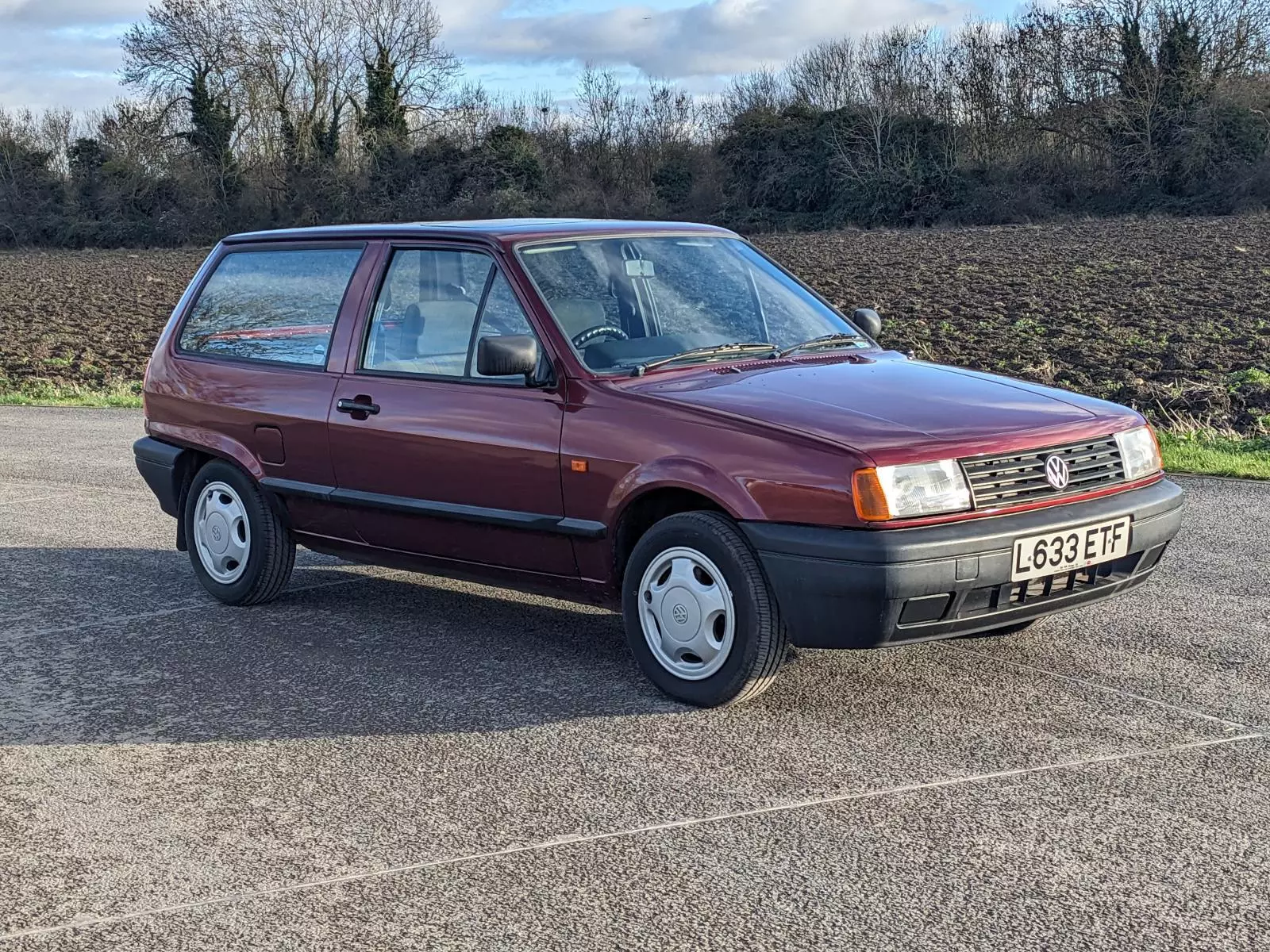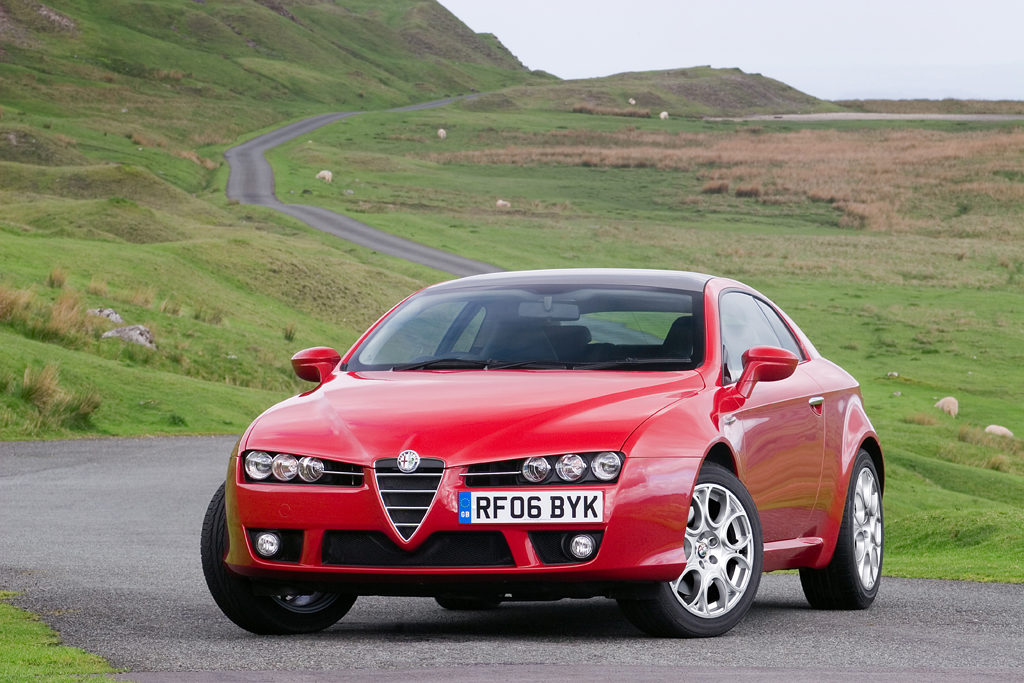In the 1950s and 1960s, the British motor industry produced some of the most exceptional automobiles that the world had ever seen — the Jaguar XKSS and the E-Type, the Aston Martin DB4 GT Zagato and DB5, and the Austin Mini. These aren’t those cars. These are the cars from the epoch that quality control forgot — “The Unexceptional Era” of roughly 1973-85 when you could have your car in any colour as long as it was beige, mustard or brown, and when plaid seats, vinyl tops and fake Rosytle hub caps ruled.
In fact, we’ll be celebrating all mundane classics during the first-ever “Festival of the Unexceptional: A Concours de l’Ordinaire,” 26 July at Whittlebury Park. Click here for details on registering your unexceptional automobile.

In the meantime, here are some of our favourite “built to last a lunchtime” motors from the unexceptional era:
- 1982-84 Austin Ambassador: The Ambassador appeared to be a mildly face-lifted hatchback version of the Austin Princess. In actuality, it shared little in common with the earlier car, with the exception of the wedge-styling that had been popularized within BL by Harris Mann, who styled the earlier Triumph TR7 on — of all things (or perhaps not surprisingly) — a cocktail napkin. By the 1980s, though, the wedge fad had had its day, and the Ambassador never really caught on, lasting just two years. A total of 43,427 copies were built, of which fewer than 30 are still licensed.
- 1968-76 Audi 100 LS: The Audi 100 LS was Audi’s first stab at a mid-market saloon designed to compete with the bottom of the BMW and Mercedes saloon range. The four-door LS was the most numerous, although there was a pretty coupé and a two-door version of the saloon. The first generation 100 never gained an enviable reputation for reliability, with its inboard brakes particularly being annoying. The LS saloon sold in reasonable numbers in the UK; however, it’s nearly forgotten today.
- 1975-84 Renault 30TS: Think of the Renault 30TS as the Austin Ambassador with a case of unmitigated Gaul. With similar five-door hatch styling (although minus the wedginess), it was Renault’s bid to compete in the executive saloon class, albeit with a car that looked decidedly down market. At least it didn’t suffer from the same lack of horsepower that the Ambassador did. It was the first Renault to sport the soon-to-be ubiquitous Renault-Peugeot-Volvo Douvrain V-6. Strangely, there doesn’t seem to be a single 30TS remaining on UK roads, and while a small population of the 145,000 built remain in its native France, northwest of the Pas-de-Calais, the 30TS appears to be extinct.
- 1973-83 Austin Allegro: Ah, the poor Austin Allegro. It was seemingly the face of everything that was wrong with 1970s Britain. Just having to look at an Allegro may inspire one’s retinas to go on strike in sympathy with BL workers of the day. Not surprisingly, some of the dreariest colours in the BL palette of the day were among the most popular — think of the above-mentioned mustards, beiges and browns. Hoping to capture some of the quirky timelessness of Citröens of the day, BL created something undeniably unusual while stubbornly sticking to a booted design instead of giving the market the hatch that it wanted. Even the steering wheel on early cars was an odd squarish design. Time has been unusually cruel to the Allegro in terms of survivorship: Only a tiny fraction of the total production of more than 640,000 remains licenced.
- 1971-80 Morris Marina: The Marina was a classic parts bin special, using the tried-and-true 1.8-litre MGB engine and the old BMC A-series 1.3-litre lump, plus numerous other BL bits. Thousands have been broken for those bits—Lotus Esprit owners, for example, can thank the Marina for keeping door handle prices low. The Marina, like the Allegro, defied the growing hatchback trend as part of BL’s pig-headed insistence that the Austin Maxi be the only hatch in the range, even though the Marina’s design could have easily accommodated one. It soon mattered little; with higher-quality Japanese cars and modern front-drive designs like the Fiat 128 and VW Golf coming to market, the Marina had no hope of competing. Amazingly, though, it stuck around until 1980. The Marina represents perhaps the greatest automotive disappearing act ever. A true testament to its unexceptionalism, less than 1/10 of one percent of the 800,000-plus sold in the UK remain. Strangely, much of the development team was hired by the South Koreans, and their very similar work on behalf of their new employers formed the basis of the next thoroughly unexceptional car on the list…
- 1975-82 Hyundai Pony TLS: The Hyundai Pony (not surprisingly, in light of the above) was similar in concept to the Morris Marina. Unlike the Marina, the Pony at least eventually got a hatch. The Marina connection was more than under the skin; the Pony shared a common designer with the Marina’s ignominious replacement, the Morris Ital. None other than the great Giorgetto Giugiaro of Ital Design (evidently working with 98 percent of his prodigious talents on holiday) was responsible for the Hyundai Pony. The Pony was the first South Korean car sold in the UK, and it left a legacy to last a lunchtime: None are known to remain on the road and it’s certainly not what the Beatles were anticipating when they sang, “I Dig a Pony”.
- 1972-89 Alfa Romeo Alfasud: The infamous Sud was the result of the Italian government’s desire to bring gainful employment to chronically underemployed Southern Italy. A new plant was built in Naples to build this boxer-engine front-driver. Redevelopment work on the site had been carried out from 1943-45 courtesy of the RAF, U.S. Army Air Forces and, ironically, even the Luftwaffe, the air arm of Italy’s erstwhile ally Germany, making Naples the most bombed city in all of Southern Europe. Looking like an almost pretty Allegro, the Sud was in fact a much more modern design and quite fun to drive. But the car turned out to be as robust as a cannoli shell, and it was said that one could stand next to an Alfasud in a car park and listen to it rot. The Alfasud is critically endangered in Britain, with precious few remaining on the road.
- 1970-76 Hillman Avenger: While similar in concept to the Morris Marina, the chaps at the Rootes Group did a much better job in execution. The Avenger actually wasn’t bad to drive, and there were credible performance versions of the car (one of which reprised the famous “Tiger” name) that rallied successfully. Like the Marina, the car was also exported to the U.S., where it was known as the Plymouth Cricket and sold by Rootes’ American parent, Chrysler. It was no more successful there than the Marina was, and the Cricket seems to have chirped its last in the U.S. quite some time ago. Strangely, the Avenger was built in Iran from 1978-80, where a kinder climate (the non-political kind, of course) results in sightings of the Persian version that are nearly as frequent as “Death to America” demonstrations, and public floggings and hangings in downtown Teheran.
- 1975-84 Vauxhall Chevette: The Chevette was GM’s first true global small car. Sold under Opel, Chevrolet, Pontiac, Isuzu and Holden badges, as well as some obscure brand in Ecuador that nobody in the English-speaking world seems to recall, the Chevette was a simple rear-wheel-drive design that was years behind designs like the VW Golf and Fiat 128. It at least did sport a hatch, one of the first in the UK in this size range. More than 400,000 were sold in the UK, but just try finding one licenced today. In the U.S., where there is no equivalent to the MoT, a few Chevrolet-badged stragglers hang on, mainly in the western states where rust is less of an issue. One particularly comical U.S. version sported fake wooden sides. All had the massive 5 mph bumpers required of American cars of the day. Even there, extinction probably looms for the New World genus of the Chevette.
- 1975-82 Triumph TR-7: The TR7 was likely the sporting version of the Allegro, at least in terms of being emblematic of everything that was wrong with the British Motor industry in the 1970s. The infamous Speke plant where the first cars were built was far more adept at producing labour strife than cars. The work force there hated the car, and production moved to Canley and then Solihull. The wedge-style unibody and fixed roof were such a departure from the classic separate body and chassis TR6 that the car struggled to gain acceptance anywhere on the planet. A pity, since it wasn’t a bad car per se. With better build quality, the Dolomite 16V engine and a convertible option from the beginning, it could have been a success. As it stands, it’s mainly remembered for the story of Harris Mann sketching it on a cocktail napkin and as the car that essentially killed Triumph. We’ll take ours in the unexceptional shade of Russet Brown, thank you.


















